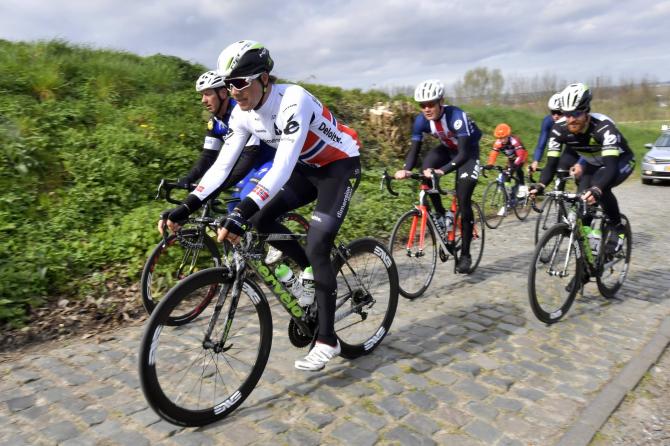8 conclusions from Paris-Roubaix
A look back at the Hell of the North and the Spring campaign
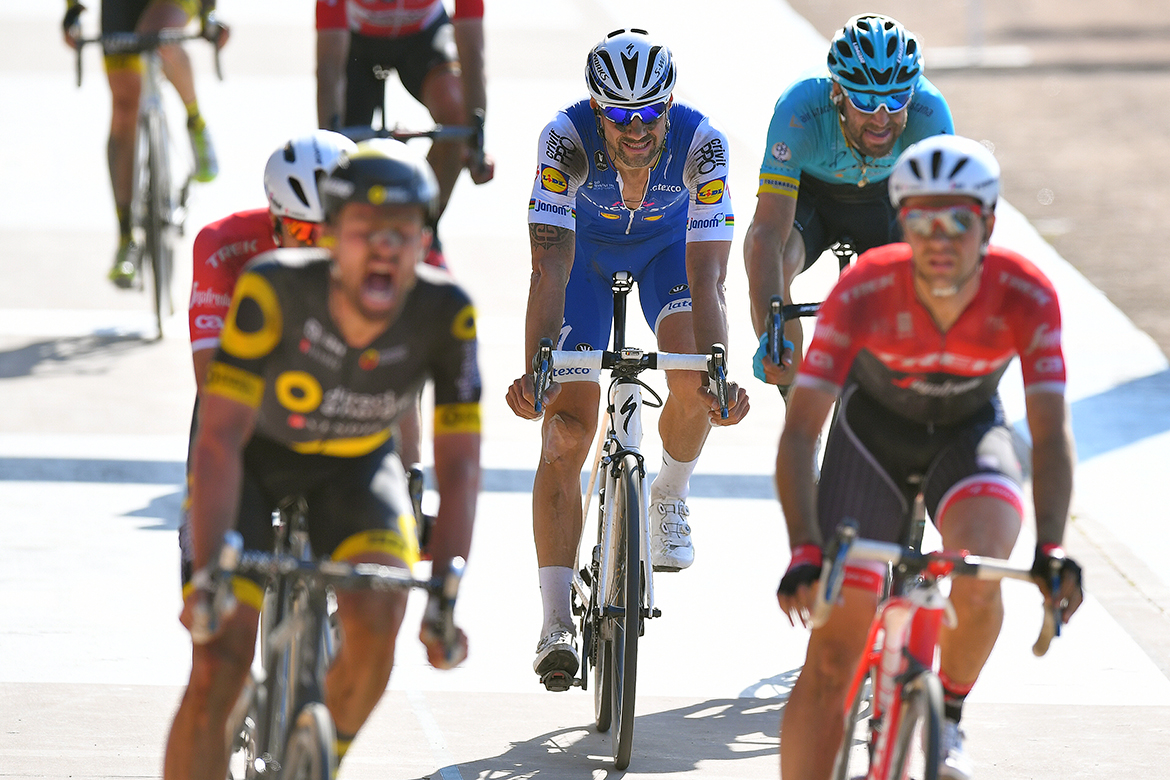
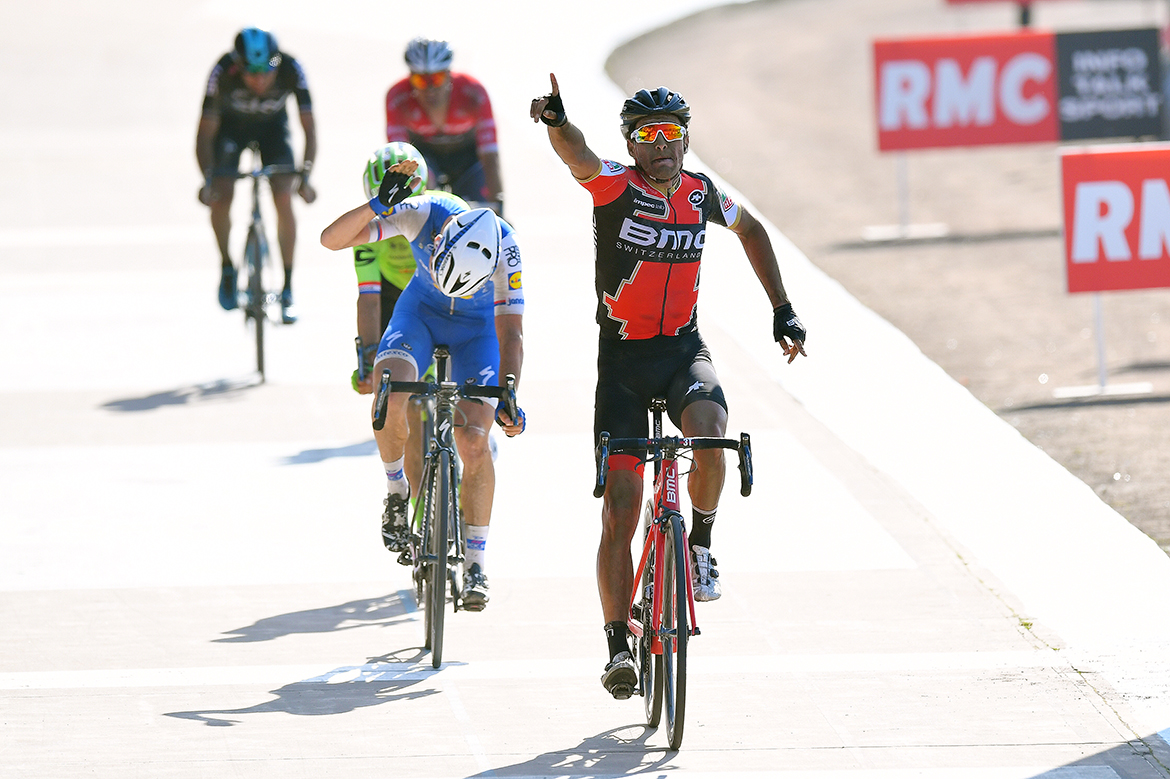
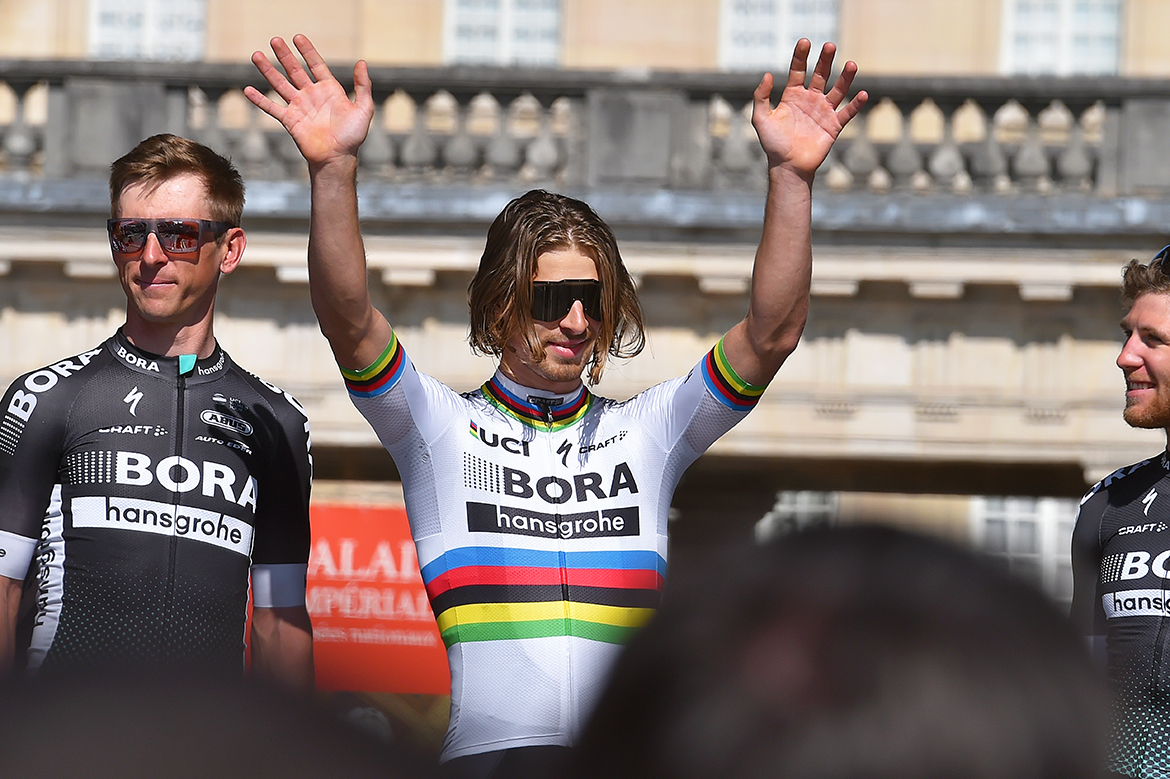
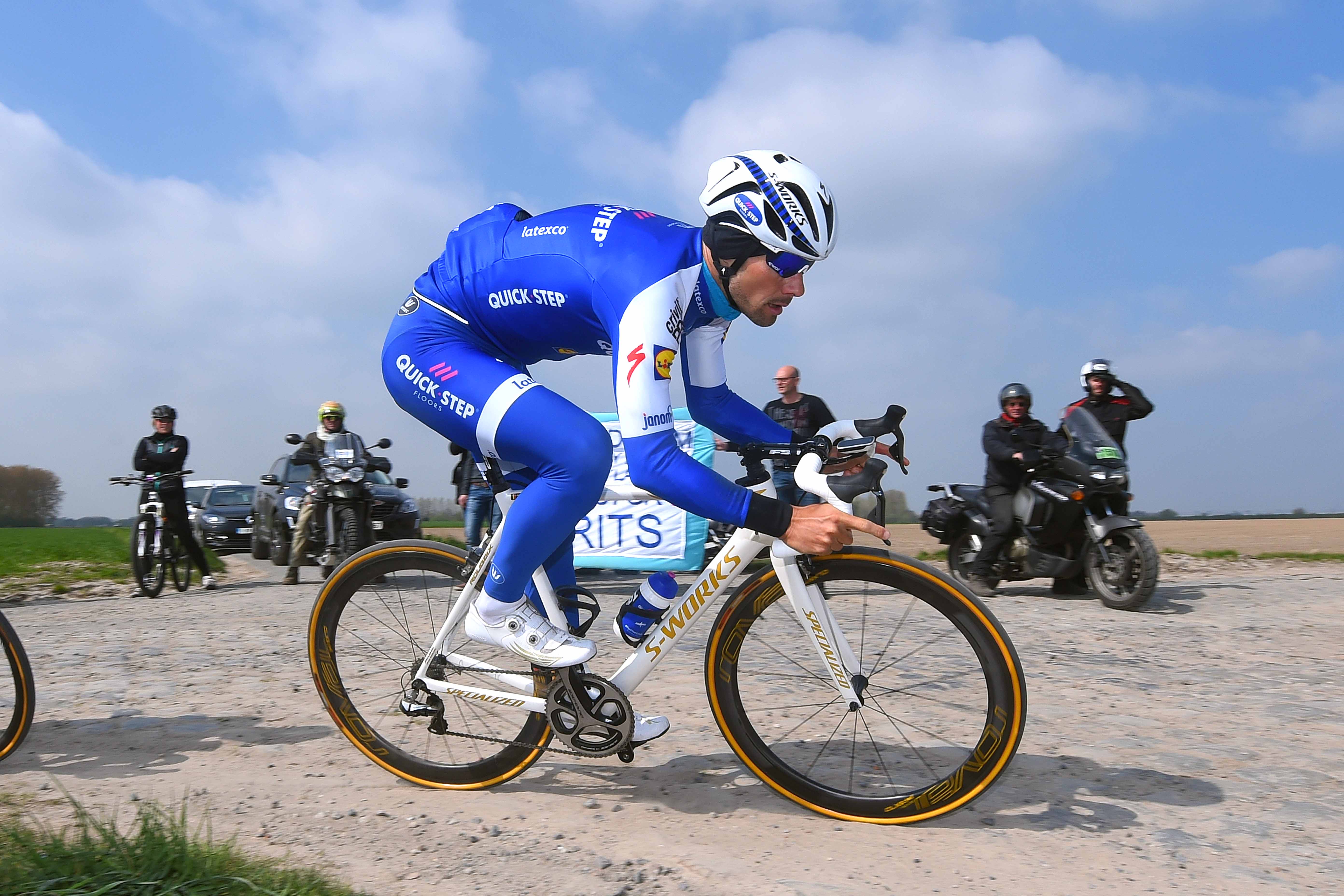
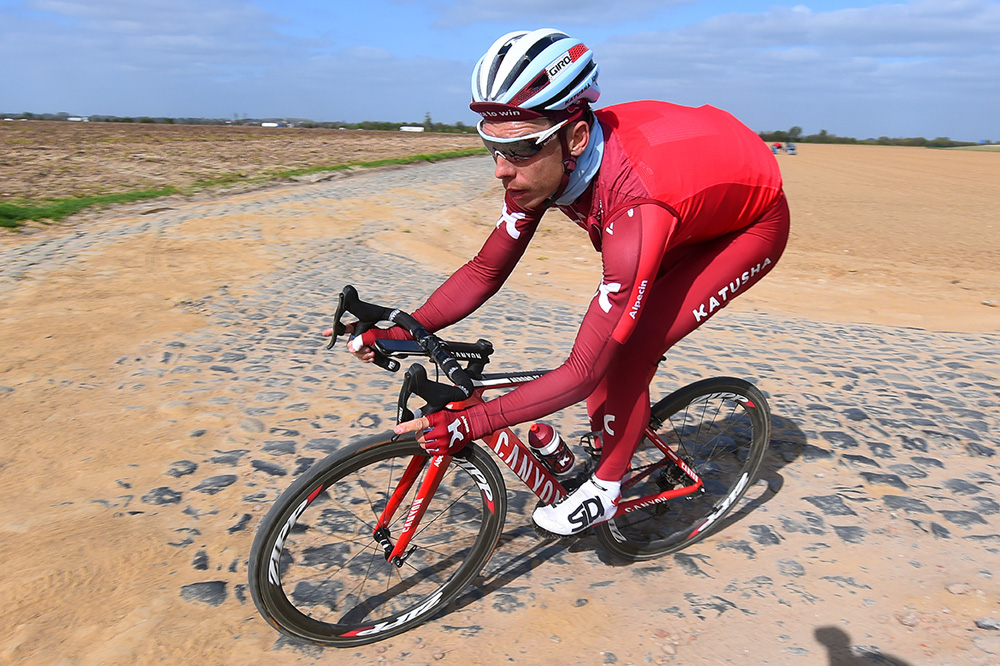
Life after Boonen for Lefevere
One can picture the scene this morning as a groggy and slightly hung-over Patrick Lefevere awakens; a night of farewells and celebrations ringing in his ears after witnessing the great Tom Boonen hang up his wheels. Now, after months of seeing the clock tick by and the inevitable juncture reached, the Quick-Step Floors boss begins the process of trying to rebuild a team both in terms of Classics leadership but also identity.
Lefevere is not the type to fall into self-help hypotheticals and as he stares back at those blurry eyes in the mirror this morning he’s hardly going to be uttering back the mantras ‘today is the first day of the rest of your life’ or 'you're a strong, confident team director' but the magnitude of this moment is pivotal for Lefevere, Quick-Step and to some extent, Belgian cycling.
It’s a complex time too. Lefevere has already insinuated that this might be his final season at the head of affairs, and with no confirmed sponsor for 2018, the veteran manager would be forgiven for waving goodbye after several decades at the top and little left to accomplish. If he decides to carry on, not only does Lefevere need to solidify the financials but he also needs to rebuild a Classics team without its talisman from the last 15 years. The Johan Musseuws and Tom Boonens of this world do not grow on trees and the easy accession from apprentice to master that took place in 2003/4 does not look like repeating itself anytime soon. Van Avermaet is tied to BMC and Belgium has no other heir apparent when it comes to Boonen’s empty throne.
However, what we’ve seen during this campaign is that the sought after raw materials needed for Lefevere to build with are already in situ. Matteo Trentin, Niki Terpstra, Zdenek Stybar, and Yves Lampaert all have strong credentials, while the renaissance of Philippe Gilbert has been nothing short of incredible. Fernando Gaviria is not quite at the level many expected him to reach but time is still well and truly on his side.
In Paris-Roubaix, Quick-Step used all their textbook plays: building pressure on the front, isolating rivals and having numbers in all the significant splits. That they were outnumbered 2-1 against Oss and Van Avermaet, and that Boonen missed the key break were certainly telling moments, but the early loss of Terpstra ultimately altered the dynamic between the two squads, and Oss was worth two riders on the road. For Boonen fans, there was a brief cameo on the Carrefour de l'Arbre – a throwback to the gallant rides of old – but in the end, the fairytale failed to materialise. Such is life, and cycling will move on. For Lefevere, Quick-Step and Belgian cycling, that starts today. (DB)
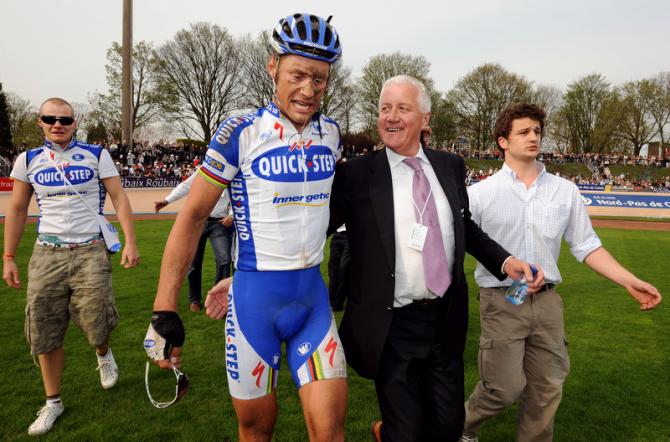
Greg Van Avermaet: from eternal second to Monument man
Greg Van Avermaet first rode Paris-Roubaix a decade ago, finishing with the belief he would never get to lift the winner’s cobblestone in the centre of the velodrome.
He still doubted his chances before the start this year and must have thought his race was over after a mid-race crash and a panic-stricken bike change and chase. How quickly things change when life goes your way.
Get The Leadout Newsletter
The latest race content, interviews, features, reviews and expert buying guides, direct to your inbox!
Just a few years ago Van Avermaet was the eternal second; a nice guy but lacking the tactical nous to finish off an attack with a victory. He was finally transformed and finally matured in 2015, after resolving a long-standing heel injury and a drawn-out investigation for links to ozone therapy doctor Chris Mertens was closed due to a lack of evidence of wrongdoing.
Van Avermaet first shrugged off his ‘loser’ tag with a classy win ahead of Peter Sagan and Zdenek Stybar on the uphill finish in Arezzo at Tirreno-Adriatico. He did it again at the Tour de France in Rodez and has not looked back since.
Now 31, without rival Philippe Gilbert cramping his style at BMC, and with the self-belief that comes with an Olympic gold medal, Van Avermaet is on a roll. While Peter Sagan has to talk about bad luck and rivals teams, Golden Greg has been racking up results. He beat Sagan in the sprint to win a second consecutive Omloop Het Nieuwsblad, was second at Strade Bianche, won E3 Harelbeke, Gent-Wevelgem and finished second to Gilbert at the Tour of Flanders despite being caught up in the crash with Sagan.
Van Avermaet and BMC rode a clinical but aggressive race on the pavé, while Tom Boonen and Quick-Step Floors lost their focus as they tried to set up a fairy tale win for their leader.
With his first Monument in the pocket – as the Flemish like to say – Van Avermaet has no plans to stop just yet and is keen to win more Monuments. He will also be in action at next Sunday’s Amstel Gold Race and has promised to target Liège-Bastogne-Liège one day.
He claims he will never have the palmares of Tom Boonen but Van Avermaet seems destined to take his place as one of the top Classics riders in the peloton. He is the new Belgian Monument man. (SF)
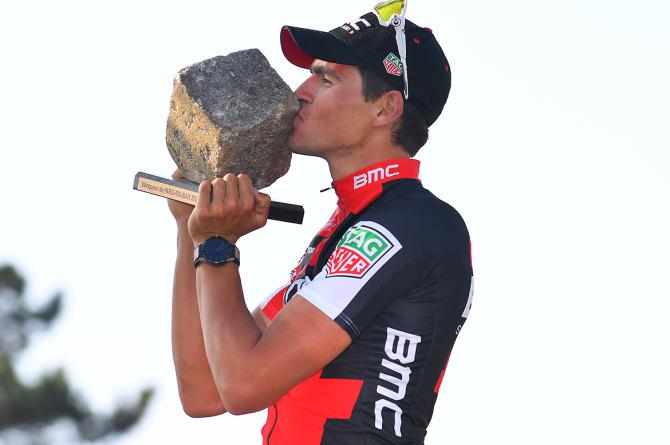
Tom Boonen: Classy right to the very end
Tom Boonen pulled on a smart blue suit for a special 'Vive Tom' version of the hugely popular Sunday night Vive le Velo television show on Flemish television, and then partied with his Quick-Step Floors teammates like there is no tomorrow.
With his career over, there is no training or recovery to do today or tomorrow, no thoughts about future races and goals, no pressure or expectations.
Boonen finished 13th in the Roubaix velodrome, struggling to sprint for a better placing in the chase group as some emotions finally took over his mind after a determination to focus on his final race right to the end.
After crossing the famous finish line on the track, there was no emotional farewell in front of the crowd, no parading for the cameras. Boonen simply rode back to the team bus, had a shower, waved to the crowd and talked briefly to the ever-present Flemish media.
Hoping for a different farewell, Boonen had ridden to win his final Paris-Roubaix, attacking and chasing with a little too much generosity as desperation took the place of logic.
Boonen vented his frustration briefly by saying John Degenkolb rode the ‘most cowardly race of his life’ for marking him closely. But his smile soon returned. There was no place for tears or drama. It was simply time to call time on his career. Boonen was classy right to the very end. (SF)
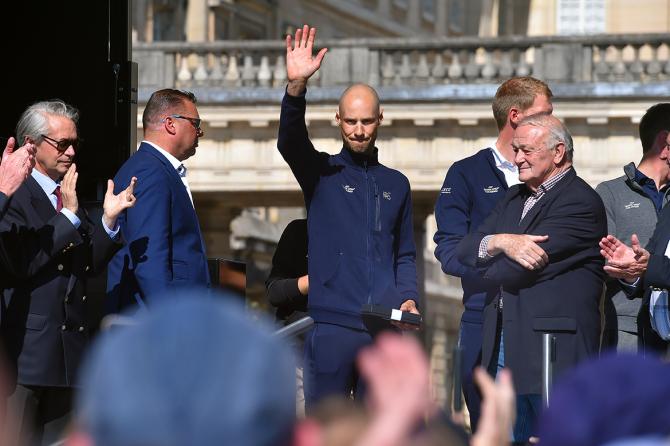
Sagan beaten by better riders
Peter Sagan hit the nail on the head when he summed up as to why he had closed out the Spring Classics without a Monument. “I lost Milan-San Remo. At the Tour of Flanders I made a mistake and then today I was unlucky.”
It was a rather simple yet entirely sufficient evaluation of a campaign inflated by hype and in the end let down by a series of punctures.
Most of the post-mortems in the wake of the Tour of Flanders and Paris-Roubaix seemed to centre on the accusation that the World Champion’s team was not up to scratch. Such an argument holds true in the fact that Sagan lacks a Daniel Oss or a Niki Terpstra by his side, but it falls down when one remembers that Sagan has won back-to-back titles with just a handful of teammates.
When he won Flanders in 2016 he did so with a team that included Pavel Brutt, Adam Blythe, Nikolay Trusov, and Michael Gogl – four riders either deemed not up to WorldTour standards in 2017 or in Gogl’s case, moved onto a stage-racing programme at Trek Segafredo. This year, with a more structured and disciplined set up, and without the distraction of having a team boss publicly criticise him, Sagan has been able to train and race in relatively calm conditions. The only problem is that Greg Van Avermaet has been so entirely dominant, and on the one occasion in the last few weeks in which the BMC rider failed, Philippe Gilbert produced the ride of his career to win in Flanders.
To pinpoint the one reason as to why Sagan failed to win a Monument is too simplistic. The Classics are an ever-moving, ever-changing and evolving set of events. Put all the situations and all the played-out tactics together and the only conclusion that matters is that Sagan wasn’t good enough to win a Monument this time. (DB)
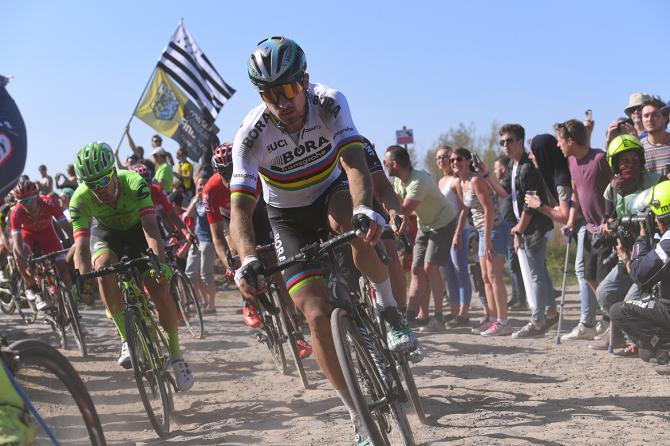
Trek-Segafredo miss cutting edge
Three riders in the top-ten but no podium: Paris-Roubaix summarised Trek Segafredo’s Classics campaign perfectly. On Sunday they were one of the better-represented teams in the final 100 kilometres of racing with Jasper Stuyven, John Degenkolb, Dylan Theuns, Koen De Kort, Boy van Poppel, Gregory Rast and Mads Pedersen all present and accounted for.
However, when the race entered the critical phase and the winning move was formed their leading rider Stuyven was just missing that one or two per cent that separates the best from the very best. When the Belgian was dropped by Oss just a few kilometres before Van Avermaet, Stybar and Sebastian Langeveld took off, the writing was on the wall. Even though fourth place was a fine result - and the best of the 24-year-old’s outings in the senior race [ed. he won the junior version in 2010] - this campaign will go down as a learning experience for the team in the post-Fabian Cancellara era.
Degenkolb looked sharp during Roubaix, and most races in fact, and Theuns became a useful foil after a long recovery from last summer’s accident. Like Quick-Step, the building blocks are there to create a great team, and if they can hold onto what they have, strengthen one or two domestique positions, and ride with more cohesion, then there's every chance that Demol's men can come back stronger. (DB)
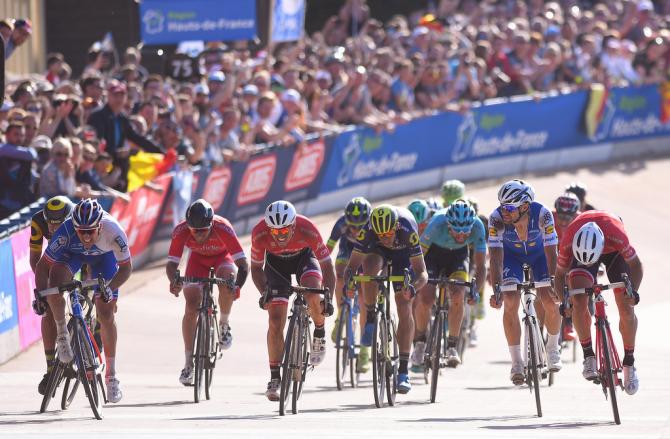
Moscon destined to be the next Italian campione of the cobbles
Italian cycling has endured long lean spell in the cobbled Classics, not winning Paris-Roubaix since 1999. However, the sight of 22-year-old Gianni Moscon going on the attack, fighting to stay with the lead group and even kicking off the sprint in the velodrome brought back memories of Franco Ballerini’s two victories in 1995 and 1998 and Francesco Moser’s hat-trick between 1978 and 1980. Il Bel Paese seems to have a new Paris-Roubaix rider.
Monday’s Gazzetta dello Sport understandably celebrated Moscon’s breakthrough performance and also heaped praise on Daniel Oss’ huge ride and the way he went on the attack, often alone, to set up Greg Van Avermaet for victory.
Both Oss and Moscon are from the same Trentino region of Italy and so Gazzetta dubbed them as ‘I nipotini di Moser’ – ‘Moser’s grandchildren’. Oss is the rebel grandson, known for his long hair and love of rock music. Moscon is more like Moser: modest and quietly spoken but also strong and determined to never give up in a race.
Moscon only turns 23 on April 20 and finished fifth in just his second ride at Paris-Roubaix. He loves racing on the pavé and has a natural ability to read the race, knowing that in every 'Sunday in Hell', it often better to anticipate the moves and be up the road, rather than chase in the pack.
“Only Tom Boonen was stronger on the pavé at his age,” Team Sky manager Dave Brailsford told Gazzetta dello Sport after quietly attending the race in the Team Sky bus.
“Saying he is a huge talent is easy. I love his fighting spirit, he never gives up. He’s also really curious about everything, he asks a lot of questions and wants to learn. We don’t know his limits. Thanks to him, Italy has a great future in the cobbled Classics.” (SF)
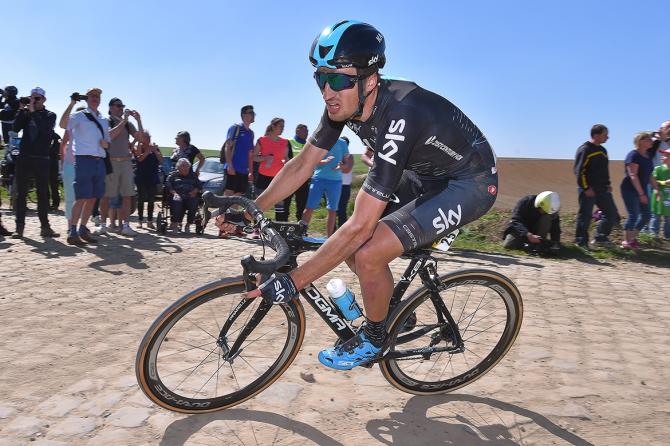
Disappointment for Katusha-Alpecin
On the face of it, year two of Tony Martin’s pivot to the cobbled Classics ended precisely like the first, with a 76th place finish on the Roubaix velodrome, though the circumstances were rather different.
At Quick-Step in 2016, the German rode in the service of Tom Boonen at Quick-Step Floors and marked his Paris-Roubaix debut by helping to drive the winning break clear with over 100 kilometres still to race, and finished the day satisfied with a job well done.
This time around, Martin lined up with greater responsibility at Katusha-Alpecin, but although he was a regular presence on the front of the group of favourites in the middle of the race, he never recovered from a puncture with 50 kilometres to go and faded from contention.
Having built a career around the more controlled environment of time trialling, where good form tends to equate to decent results, Martin may be beginning to question why he is dedicating such a hefty chunk of his season to races that offer him no guarantees of results and WorldTour points. Certainly, Katusha-Alpecin may wonder if it is the best deployment of a marquee signing.
It would be a shame, however, if Martin – or Katusha – were to call time on the experiment just yet. His victory on the cobbles at the 2015 Tour de France showed that he has the basic skills to make an impact on the pavé, even if he has much to learn about the rudiments of Paris-Roubaix (and even if a Cancellara-like, late-career adaptation to the demands of the Flemish Classics seems unlikely). The results have been hugely underwhelming thus far, but he showed enough sustained flashes prior to his ill fortune on Sunday to suggest Paris-Roubaix warrants his attention for at least one more season.
For Martin’s Katusha stable-mate Alexander Kristoff, however, there was little solace to be drawn from another ill-starred Paris-Roubaix, and his Classics campaign ended in disappointment. Monument wins in 2014 and 2015 set a very high benchmark for the Norwegian, but though he placed 4th in Milan-San Remo and 5th in Flanders, he lacked the vim of two years ago, and never truly looked on the same plane as Van Avermaet or Sagan all spring. Still only 29, Kristoff will, of course, be a fixture on the cobbles for several years to come, but with his contract expiring at the end of this season, a Monument win would have strengthened his hand considerably.
“We had a talk a month ago so from my side we don’t need to be stressed,” Katusha team manager Jose Azevedo said. “We will find the right moment where we can sit and talk, but it doesn’t make sense to talk during this period. We need to support the riders and give them the maximum for them to ride their bikes. There isn’t time at the moment to speak about contracts. It’s extra pressure, so we have to find the right moment, so we had a talk with him and his agent one month ago but at the right moment, we will talk. It’s not a problem.” (BR)
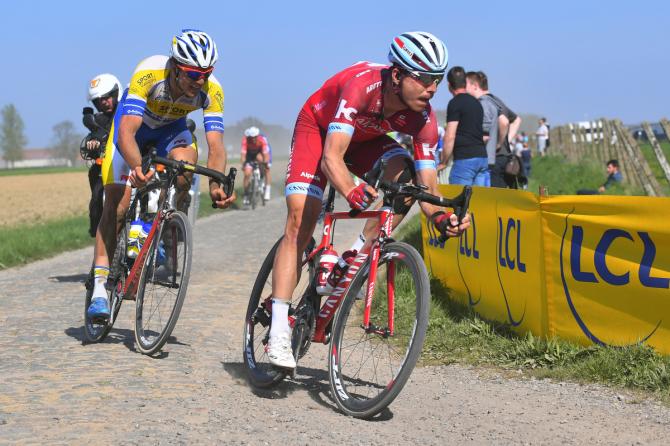
Boasson Hagen's star fades into oblivion
In 2009 Edvald Boasson Hagen’s fledgeling cycling career looked as though it was about to explode. The then-21-year-old was part of the HTC conveyor belt of talent, he had just won Gent-Wevelgem at a canter in the pouring rain, and had his then-boss, Bob Stapleton, confidently declaring that the Norwegian’s nickname was ‘Eddy’. Almost anything seemed possible in those halcyon days.
But then came the Team Sky years of servitude, and like the proverbial difficult second album, Boasson Hagen has failed to live up to the early hype. There have been brief flashes of brilliance - you don’t win two stage of the Tour de France by chance – but the emergence and domination of Peter Sagan, coupled with a barren few years in the Classics, leaves Boasson Hagen’s career more akin to that of Axel Merckx than of his father.
The move to Dimension Data was supposed to free Boasson Hagen from whatever shackles had been holding him back, but three Spring campaigns into life without domestique duties and the softly spoken 29-year-old from Rudsbygd is no closer to building on the early promise.
In Paris-Roubaix, he was virtually anonymous, and this spring he has looked short of pace, confidence and ultimately results. Boasson Hagen has perhaps three or four years left in the sport and who knows – a return to the form of old could take place but with each passing season that scenario looks further away. (DB)
